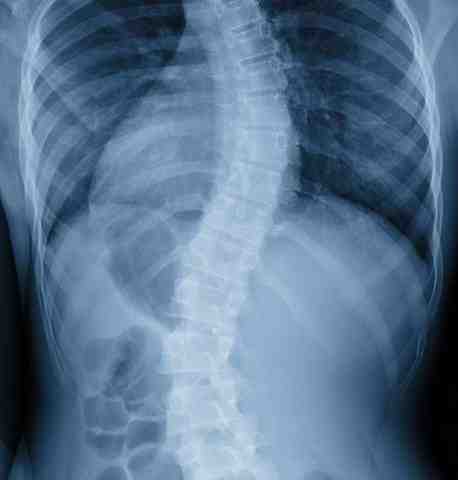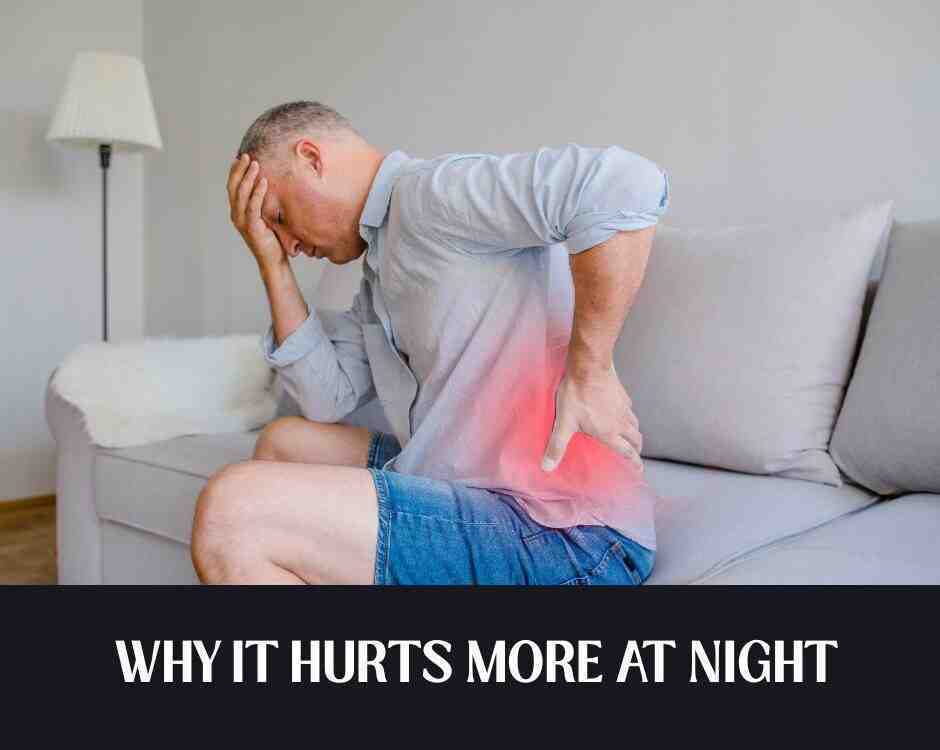Understanding Different Types of Scoliosis

How to Know if Your Accident Doctor Knows What He/She is Doing on Your First Visit
November 30, 2022
Text Neck..What are the Causes?
December 6, 2022Understanding the Different Types of Scoliosis
Many of us can recall being screened for scoliosis as a school student, but what exactly is scoliosis? Scoliosis is a genetic or acquired condition, characterized by excessive lateral or sideways curvature of the spine away from the midline. Normally, when the spine is viewed from the back, it should be in a straight up and down position. Scoliosis may or may not cause pain and the condition is seven times more common in females, especially at a younger age.
Screening for scoliosis is important due to its progressive nature and what the underlying cause could be. Scoliosis may present as an infant, juvenile, or adult. Scoliosis that presents between age zero and three years old often resolve spontaneously, however, the juvenile form can progress into the adult form as the body reaches skeletal maturity.
There are two forms of scoliosis: structural and functional. Structural scoliosis is considered a true scoliosis and more common than the functional version. True scoliosis is defined as a spinal curvature greater than 10° of Cobb angle and includes spinal rotation which disrupts biomechanics of the entire spine. Cobb’s angle is a measurement that evaluates scoliosis severity and is done from X-rays. It measures a spinal curve at its start point and end point resulting in a degree. In addition to biomechanical issues, patients with greater than 60° of Cobb’s angle measurement have possible cardiac, pulmonary, and spinal nerve complications. Within the category of structural scoliosis there are five different types.
The most common type of structural scoliosis is called idiopathic scoliosis. The term idiopathic refers to no known single cause. This type accounts for 80% of structural scoliosis patients. It is most diagnosed in 10 to 18-year-olds. This type is considered to have multiple causes and differs from one person to the next.
The other 20% of structural scoliosis types have degenerative, neuromuscular, congenital, or traumatic causes. Degenerative scoliosis is seen in older populations and is associated with osteoarthritis, osteoporosis, and aging of the spine. Underlying conditions like cerebral palsy, muscular dystrophy, or spina bifida cause neuromuscular scoliosis where there is poor muscle control, weakness, and neurological problems resulting in abnormal spinal curvature. Traumatic injuries from car accidents, falls, spinal fractures, or surgery can cause traumatic scoliosis. Congenital scoliosis is due to a defect such as absent bones or mal-formed bones present at birth. This type of scoliosis only occurs in about one in 10,000 infants.
As mentioned previously, functional scoliosis is less common than structural scoliosis. Functional scoliosis is usually much milder than structural, has no spinal rotation, and the spine’s structure is normal. This type of scoliosis will correct itself to midline with bending forward or when laying down. Also, it is often considered to have a temporary cause. Bad posture and body irregularities such as a high shoulder, pelvic obliquity (tilting), muscular imbalance, or leg length inequalities are common causes of functional scoliosis. This type of scoliosis responds well to non-surgical therapy like physical therapy and chiropractic- sometimes even resolving on its own. Exercise and stretches that reinforce proper posture and address the posture asymmetry can improve this condition. Additionally, the use of custom orthotics/insoles can help with leg length discrepancies to decrease spinal pressure.
In review, structural scoliosis is considered a true and permanent scoliosis because the spinal curve is greater than 10° and has rotation. Functional scoliosis is typically milder, has less curvature, no spinal rotation, and due to a “temporary” postural or body irregularity. There are different treatment methods available for patients with scoliosis depending on the type and cause. It is important to seek evaluation and treatment of scoliosis due to its progressive nature to determine the root cause. It is much easier to treat small curvatures than a larger, more progressed, and unimpeded one.
—
This article was written by Dr. Deryk Harting, one of the members of Chambers Medical Group’s team of car accident chiropractors who offer a variety of treatments and therapies ranging from diagnostic testing to various soft tissue therapies for car accidents and injuries in Kentucky.
If you or somebody you know has been in a car accident, be sure that you seek medical attention from a car accident doctor or car accident chiropractor to treat your injuries. Visit Chambers Medical Group to receive world-class medical treatment for your injuries.
Chambers Medical Group has car accident medical clinics in the following locations:
- Car Accident Medical Clinic in Tampa
- Car Accident Medical Clinic in Plant City
- Car Accident Medical Clinic in Brandon
- Car Accident Medical Clinic in Lakeland
- Car Accident Medical Clinic in Sarasota
- Car Accident Medical Clinic in Louisville
- Car Accident Medical Clinic in Lexington
- Car Accident Medical Clinic in Florence




